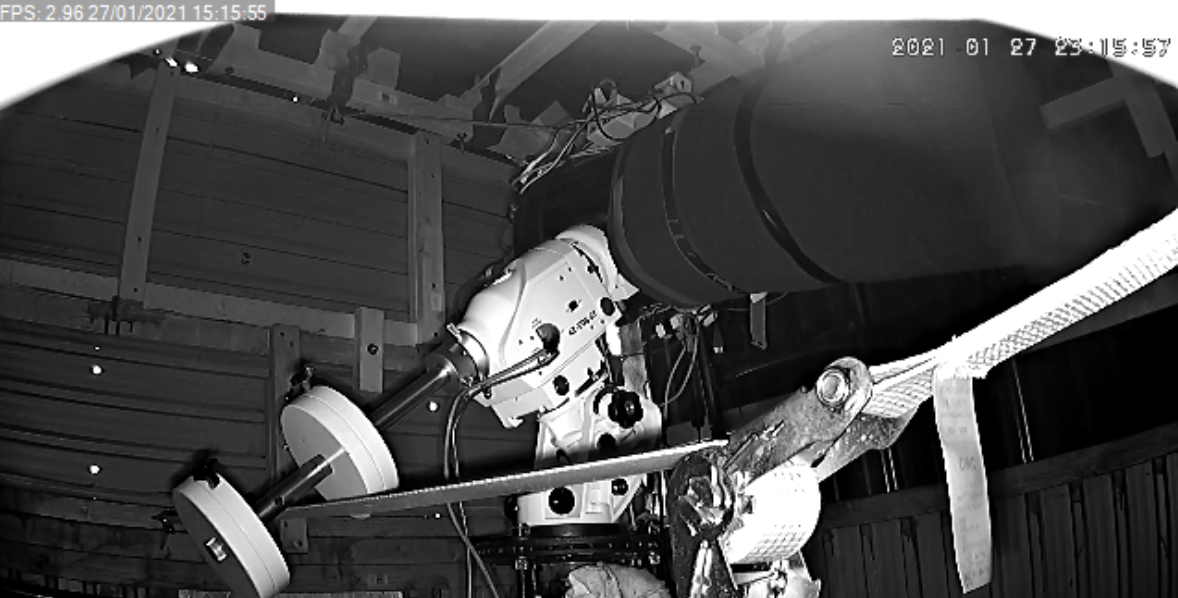Hi All,
I tend to sit inside imaging, and I often stream my imaging sessions onto YouTube.
Recently I have taken to running Kstars on the Astroberry which runs on my Pi4 8GB with a SSD drive. My reasons for doing this is that I want to get all the settings and workflow set up for the time when I try running my rig at a dark site.
While I am inside, I have been thinking about setting up a webcam to just point at the rig so that I can see what it is doing, and was thinking of streaming the output from the webcam through the raspberry Pi to a host on my network.
I have been able to do this with the following script:
#!/bin/bash
ffmpeg -loglevel panic -i /dev/video0 -video_size 1920x1080 -codec:v h264_omx -b:v 2048k -f flv rtmp://my-rtmp-server:1935/live/mykey > /dev/null 2>&1 < /dev/null
What are people's thoughts on doing this at the same time as running Kstars / INDI on the same Pi4? I could fiddle and reduce the resolution etc...
Anyone do this on a regular basis and have some low-resource hungry settings for ffmpeg? It's quite a minefield of configuration options, so thought I would ask.
FYI - The RTMP server is Nginx, and I can connect to the stream from OBS-Studio on my desktop, which is where I stream from.



